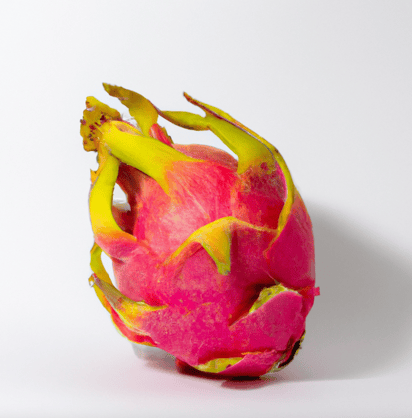Dragon Fruit: Important Facts, Health Benefits, and Recipes
Explore the world of dragon fruit with our ultimate guide, covering its origins, health benefits, culinary uses, and tips for storage and substitution in your healthy lifestyle.

Explore the world of dragon fruit with our ultimate guide, covering its origins, health benefits, culinary uses, and tips for storage and substitution in your healthy lifestyle.
